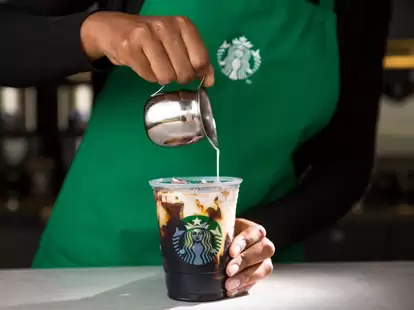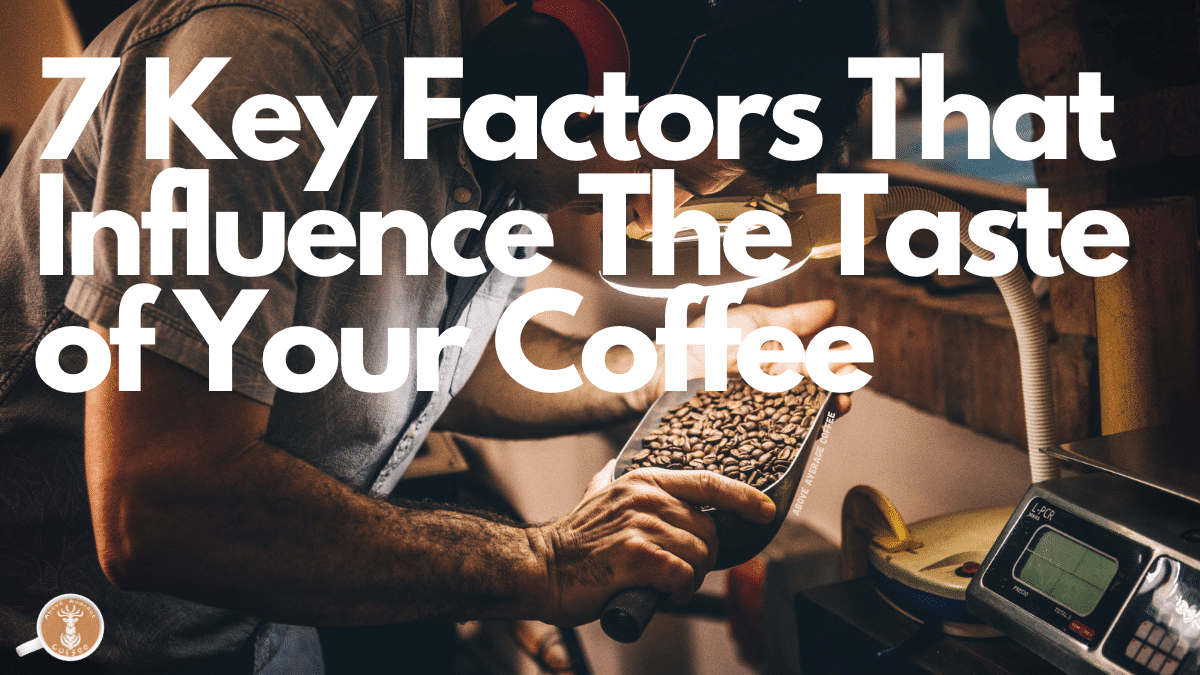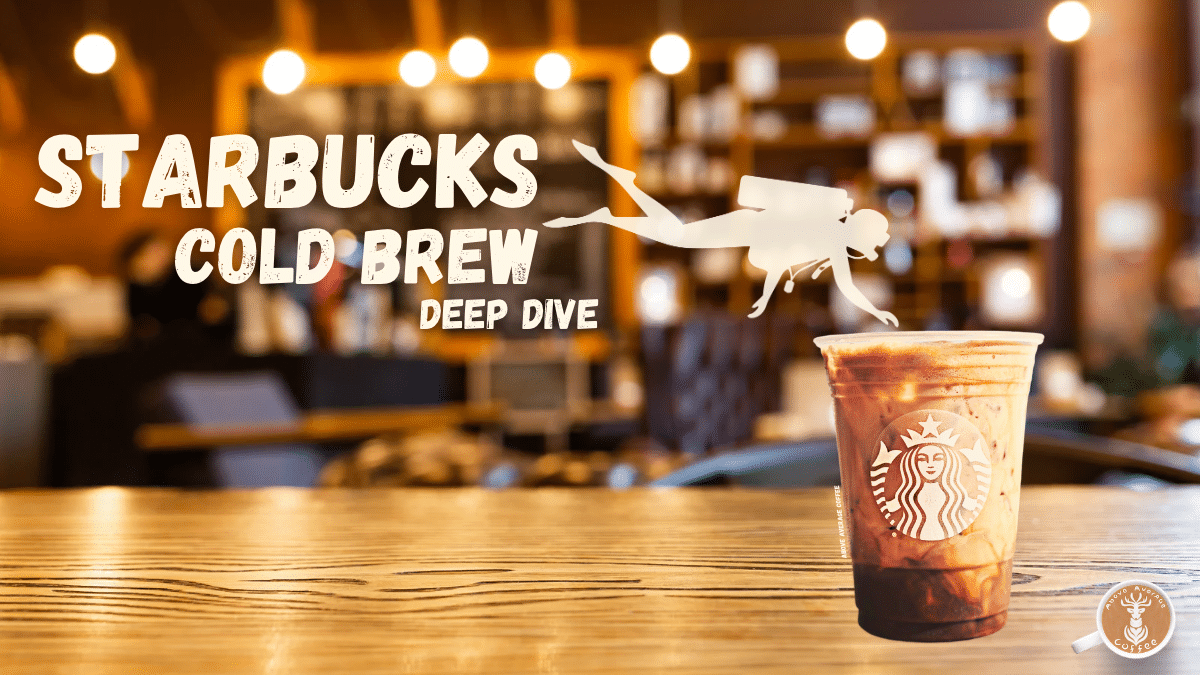Have you ever sat back to enjoy a delicious homebrewed cup of java, feet up, inhaling that wonderful coffee scent, only to take your first sip and be woefully disappointed?
If you struggle to get that rich and full coffee flavor out of the beans and into your cup, and if you’re finding yourself more and more tempted to throw the french press in the trash and just order a Starbucks, then don’t worry! You’re not alone.
Many coffee lovers out there struggle with good and bad coffee days and whenever you find yourself facing a bitter cup, you’re probably left wondering why does homemade coffee taste different?
Well, lucky for you I’ve got all the answers here. Homemade coffee can taste different because the coffee beans are stale, the wrong blend, the wrong roast, or just the wrong grind size. It could also be the water you’re using to brew the coffee or even faulty equipment causing the issue.
If you’re keen to get to the bottom of this coffee conundrum then read on to find out which of the many factors could be leading your delicious brew astray.

Type Of Coffee
Coffee flavor varies a lot depending on where it is grown and what type of beans it’s made from. With coffee coming from Africa, Central and South America, and Southeast Asia, with each different climate and topography arises a new variation in flavor.
Coffee beans are typically classified as Arabica and Robusta. Arabica is considered the more expensive, high-quality beans. They are sweeter in flavor, more acidic, and widely used in coffee shops around the world.
Robusta coffee is darker and more bitter than Arabica. This type is usually used in instant coffee and sold a bit cheaper.
If you find that your coffee is tasting off, start by considering the coffee you have chosen. Do a bit of research into the flavors associated with different regions and even ask your local coffee shop which type of coffee they use. You may find that you have just chosen a poor quality coffee or one that doesn’t suit your taste preferences.
How Is The Coffee Stored
How are you storing your fresh coffee?
If you’re leaving it sitting in an open bag or jar then the coffee will react with oxygen over time and lose some of its richness.
It’s important to store coffee in a sealed container, ideally a glass jar or stainless steel canister. Plastic containers can affect the flavor of the coffee so are best avoided.
Some people store coffee in the fridge or even in the freezer. This method is not recommended as coffee keeps well when stored correctly and the moisture found in the fridge/freezer will affect the flavor.
How Fresh Is The Coffee
Old coffee will have a stale taste to it, especially if not stored correctly. A lot of store-bought brands of coffee will deteriorate in flavor as they sit on the shelves, so even freshly purchased coffee may already be on it’s way to going stale.
To get the best flavor from your coffee, lookout for a local coffee roaster or somewhere that ships freshly roasted beans. Give the beans 5-10 days to rest after roasting and then it’s good to go.
Ground Coffee Vs Beans
Once the coffee has been ground up, the rate at which it turns stale increases significantly. This is due to the fact that coffee has a larger surface area being exposed to the air. Buying pre-ground coffee could be giving it that slightly dull, stale flavor despite all your best efforts to store and brew it well.
Buying whole beans and grinding them at home will give you a fresher and more delicious cup of java every time. By just grinding up the amount you need each morning you also prolong the shelf life of the beans as well as the delicious flavors.
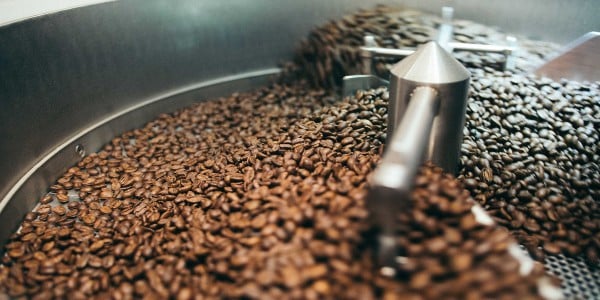
Roast
The temperature and length of time the beans are roasted for affects their flavor.
A light roast of coffee means it has spent less time in the oven so will contain more moisture than a dark roast. This makes it denser, more acidic and it will have more fruit/floral flavors. The texture of the brewed coffee will be lighter or thinner but it will have a complex array of flavors.
A darker roast brings out more oils of the coffee and so gives a richer, thicker brew that’s less complex in flavor. It’s generally described as having more nutty or caramel notes.
Dark vs light roasts is a choice you make to suit your own taste preferences and also the brew method you prefer. If you’re not sure which one is the best for you then it’s worth buying a bag of each and trying them side by side.
Grind Size
The size of the coffee particles as they contact the hot water will determine the strength and flavor of your cup of joe. Grind size is an important thing to get right for your taste preferences as well as to suit the brew method you prefer.
A brew method that uses a mesh filter (ie french press) needs coffee grounds with a large particle size so that the filter removes them. The long steep time (4 minutes) also requires this larger grain size to extract and delicious balanced brew.
An espresso grind is quite the opposite. Because the water only contacts the coffee for a few seconds, it needs a very fine grind to extract maximum flavor.
Make sure you choose a grind size that suits your brew method.
Another important point to cover with grinding your own beans is to use a burr grinder. These are the only type of grinder that ensure an even particle size by the use of conical burrs. A blade grinder will leave you with a mix of some small particles and some large ones so you’ll never be able to get a consistently good tasting cup of joe using this method.
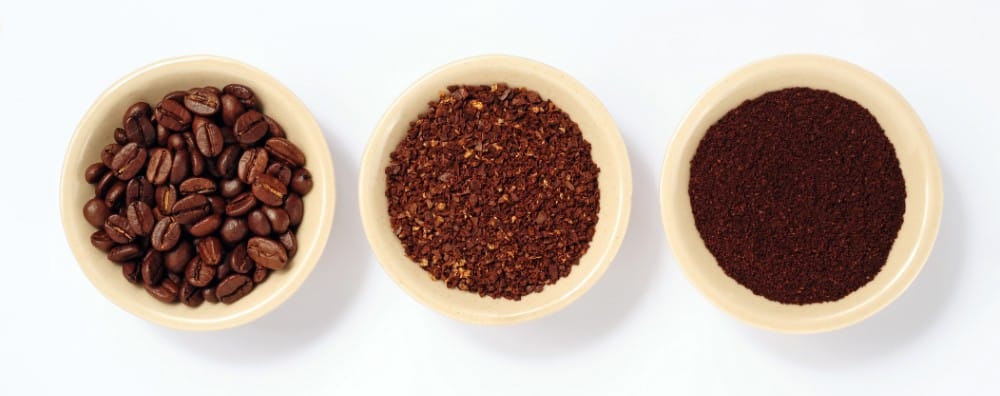
Water Temperature
Water that is too hot will burn the coffee beans, leaving it tasting bitter and unpleasant. Water that is too cold will under-extract the coffee leaving it tasting weak and thin.
If you’re using a kettle, don’t pour the water when it’s straight off the boil. Let it cool for a few minutes and that should be perfect.
If you’re more of the measuring type, then you want the water to be somewhere between 195-205F (90-94C). For the “blooming” stage of brewing, you can use water around 175F (80C) and then top up with the hotter stuff.
You can achieve the perfect temperature by using a kitchen thermometer or by buying a kettle with a built-in temperature gauge. Some coffee kettles will hold the water at the correct temperature for you which is very useful.
Filtered Water
Another common reason why homemade coffee tastes worse is that the water tastes bad. Very hard tap water can add an unpleasant flavor to your homemade coffee. As a general rule, if you find the water unpleasant to drink, then it’ll make an unpleasant cup of joe.
To avoid this issue, use store-bought filtered water or filter the water before you use it. Some coffee machines have built-in water filters which helps avoid this issue.
Brew Method
The brew method you use to make your homemade java is something that requires some practice. All brew methods have specific timings for blooming, pouring water, steeping, and filtering.
Different brew methods also have different ideal ratios of coffee to water that you should be using.
If your coffee is tasting off when you try a new brew method then it’s worth doing a bit of research to make sure you have the method and timings correct.
Equipment Issues
A final reason why your coffee has an unpleasant tang could be due to issues with your brewing equipment. If the carafe, funnel, or any reusable filters are dirty and coated with old coffee oils then this can affect the taste of your coffee. Excess oil can also clog up mesh filters which also affects the brewing process.
A build-up of limescale can clog up filter machines and prevent the water from filtering through correctly.
Make sure you clean your equipment regularly, as instructed by the manufacturer. Clean with dish soap and a soft brush to remove excess oils or place them on the top shelf of the dishwasher (if the manual states it’s safe to do so).
Remember to de-scale your coffee machine frequently if using tap water or use filtered water to avoid this issue.
Take-Home
There are many reasons why your homemade cup of java isn’t up to scratch. From poor quality coffee to questionable brew methods, we’ve all fallen into these traps at some point on our coffee journeys.
Make sure you’ve checked for all of these points listed here and you’ll be a huge step closer to brewing barista-quality coffee in the comfort of your own home.
Related Reading
The 3 Cheapest Ways To Make Good Coffee At Home
How To Make Milk Foam in A French Press – Homemade Cappuccinos
Vietnamese Egg Coffee (Ca Phe Trung) Is Delicious And Easy To Make At Home
Can You Use A Metal Filter In An AeroPress? (Yes You Can)
Chemex vs Drip (Which Should You Choose?)
Instant Coffee vs Ground Coffee – The Differences Explained
Is Dark Roast Coffee Less Acidic?


